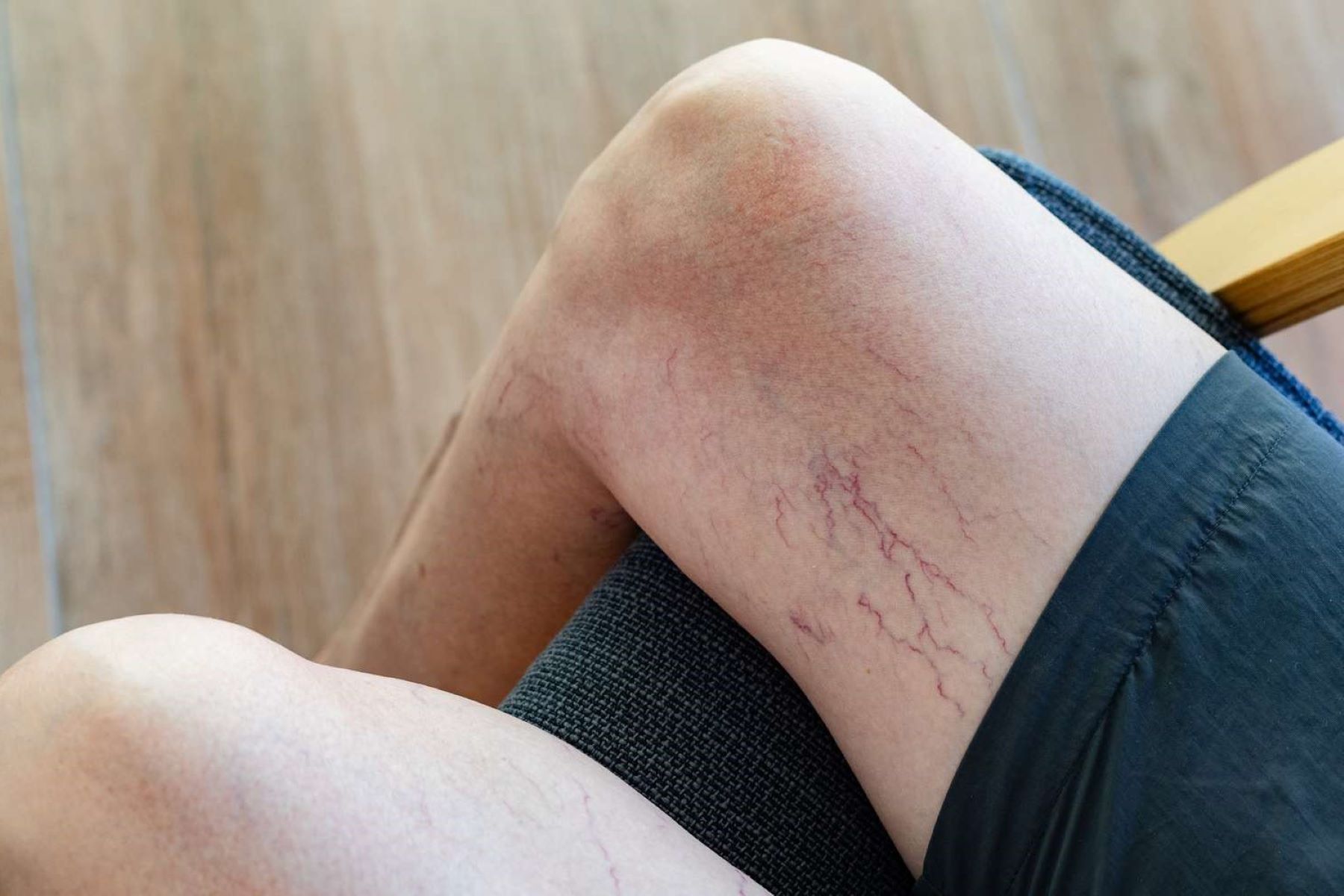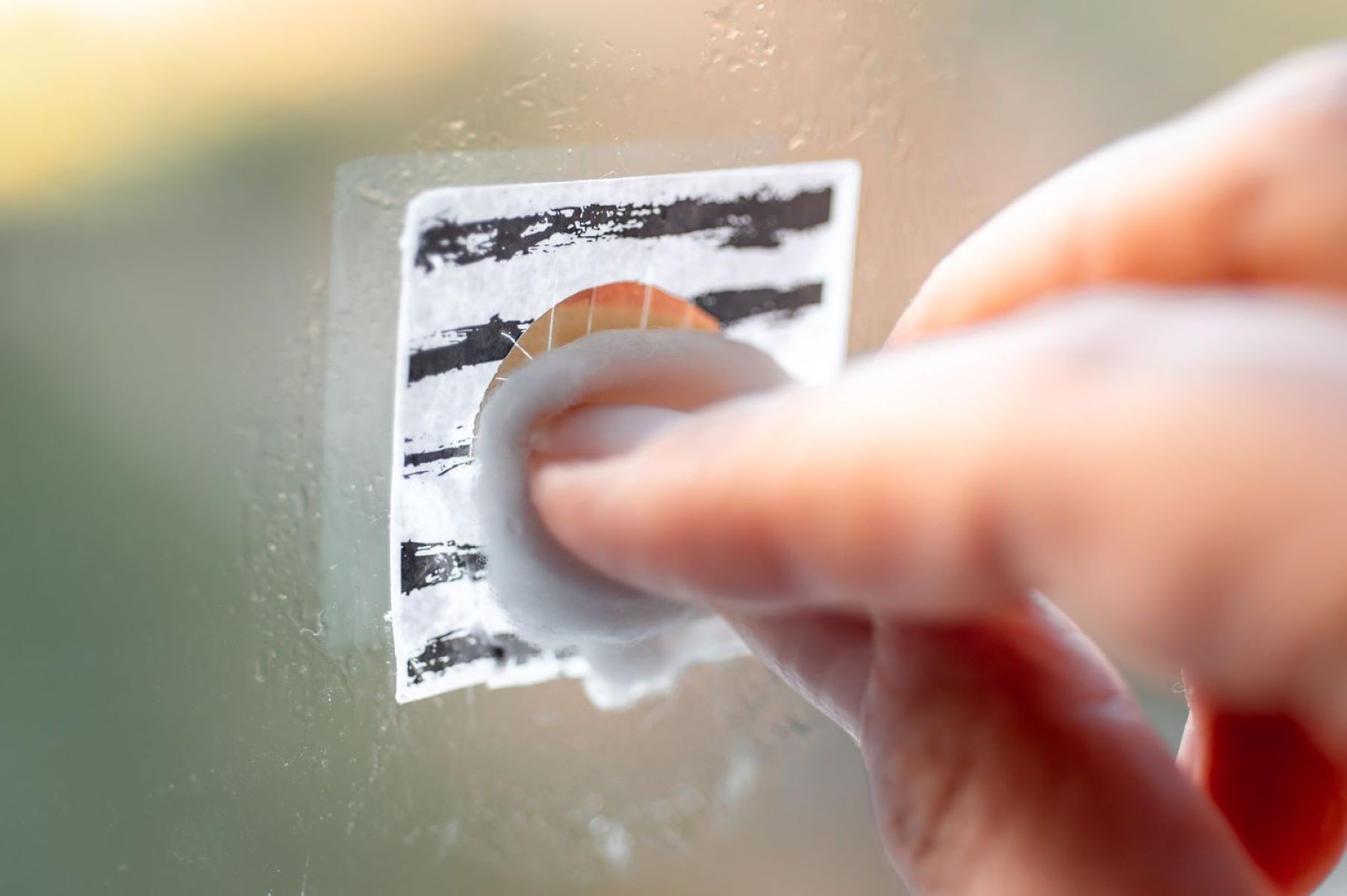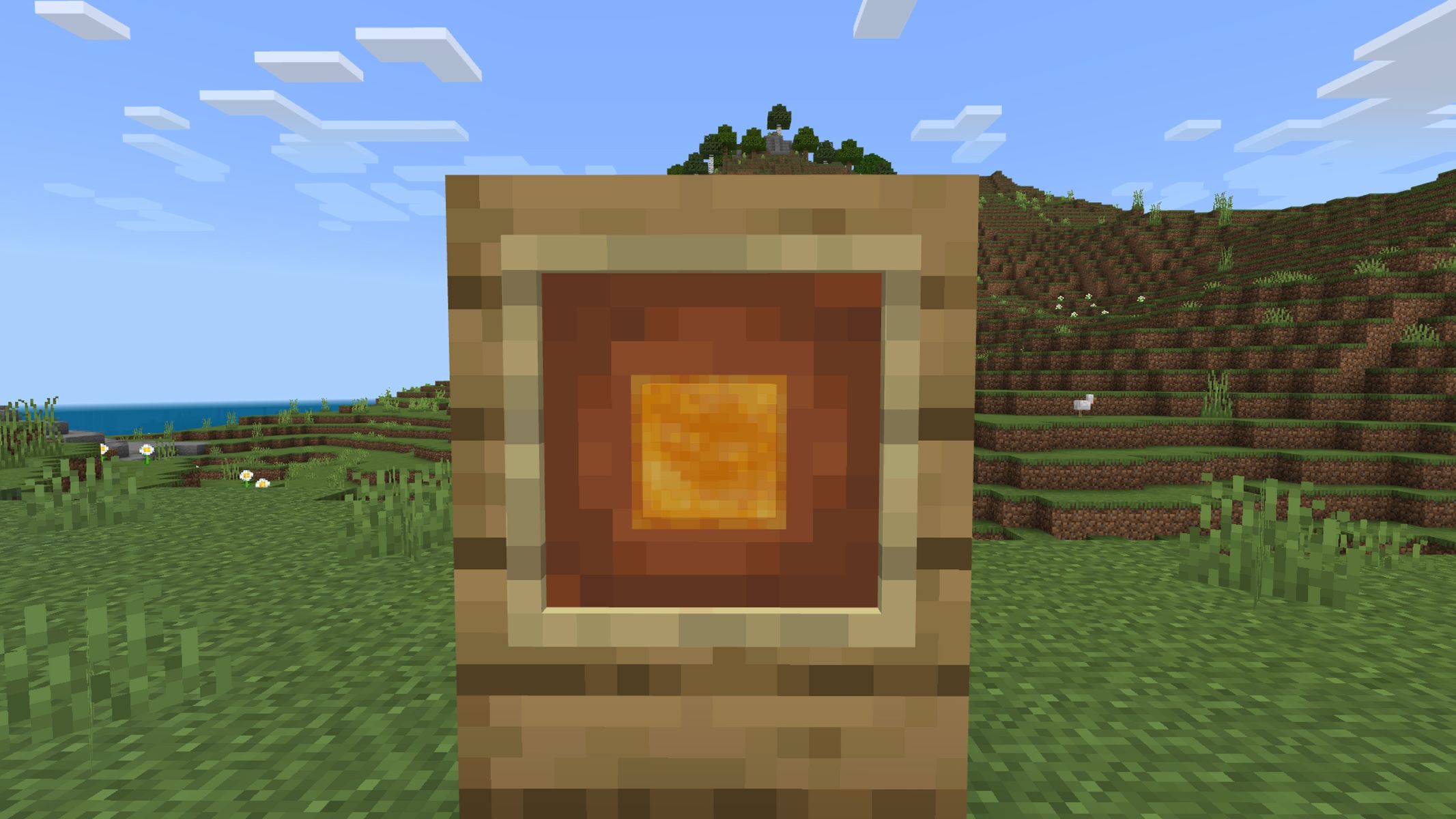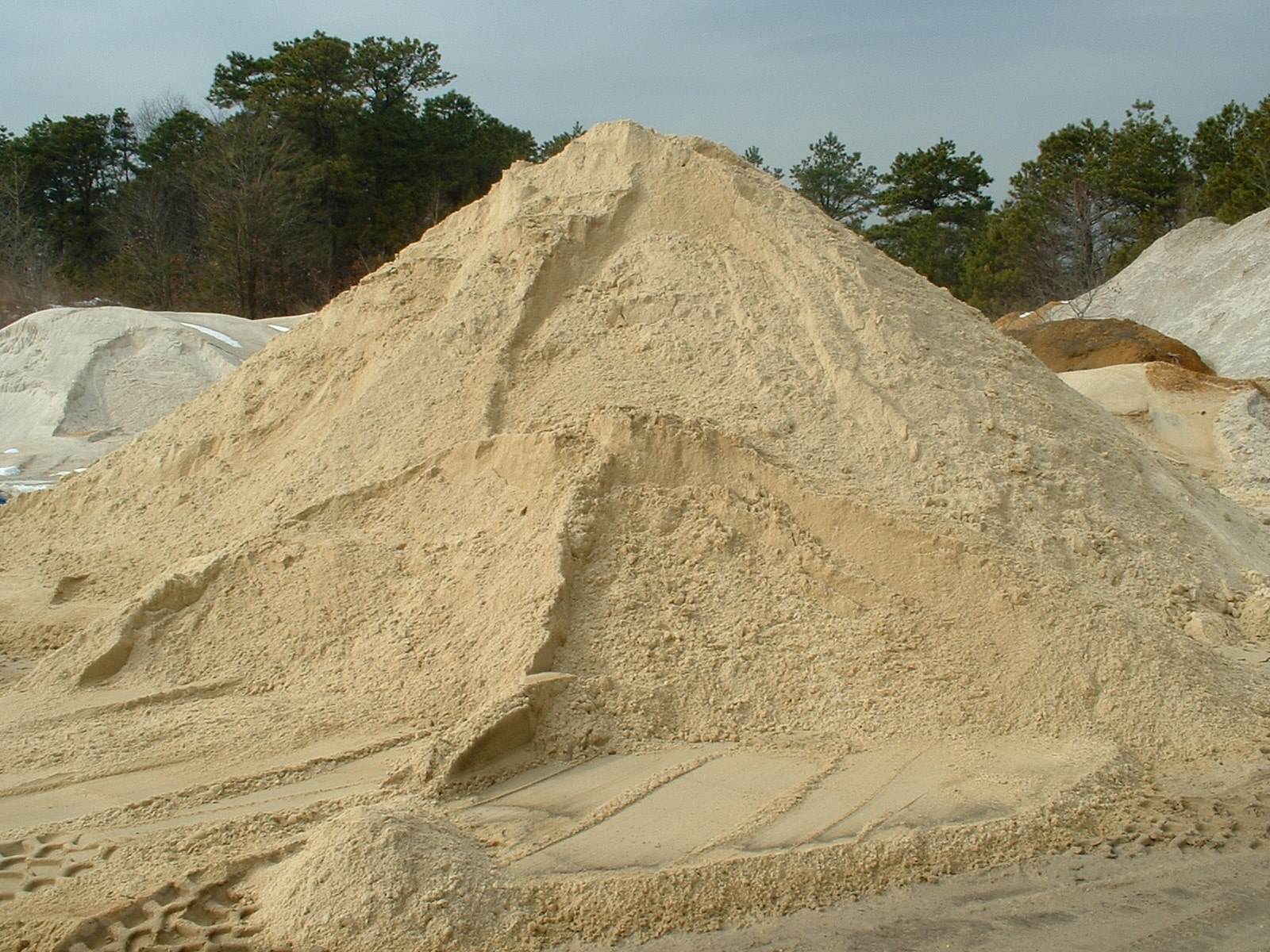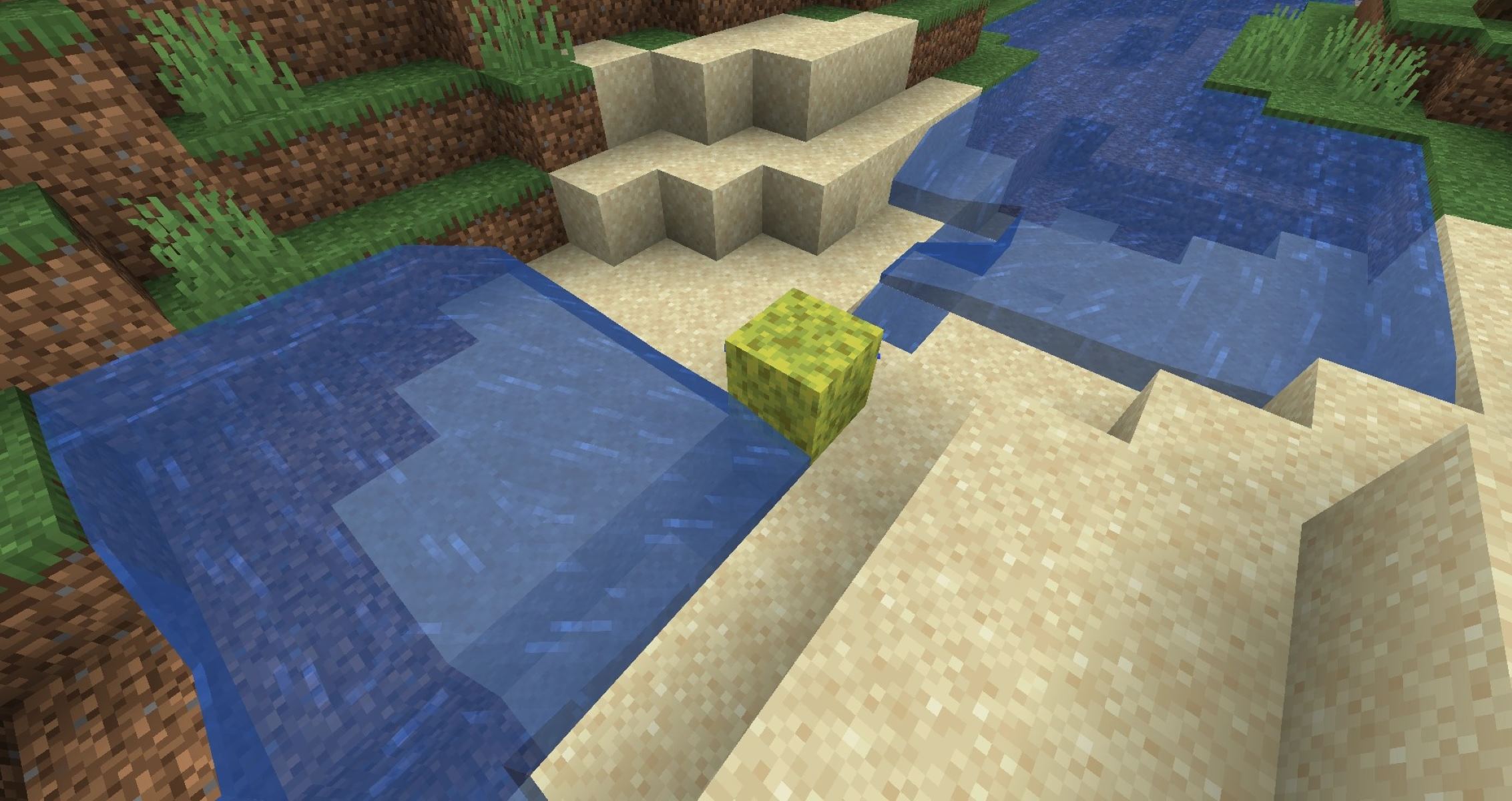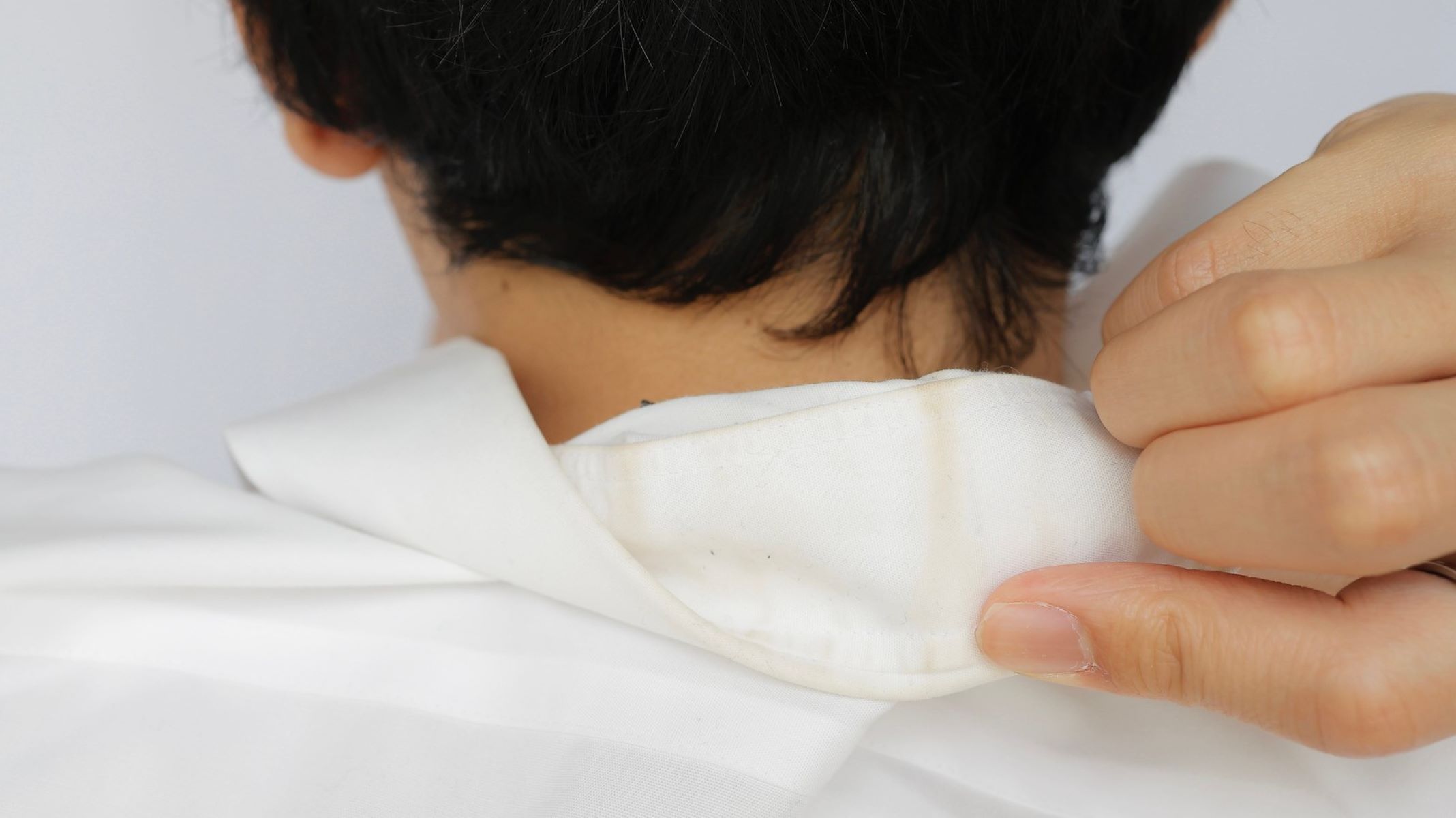Home>Home and Garden>How To Get Rid Of Stickers In Yard
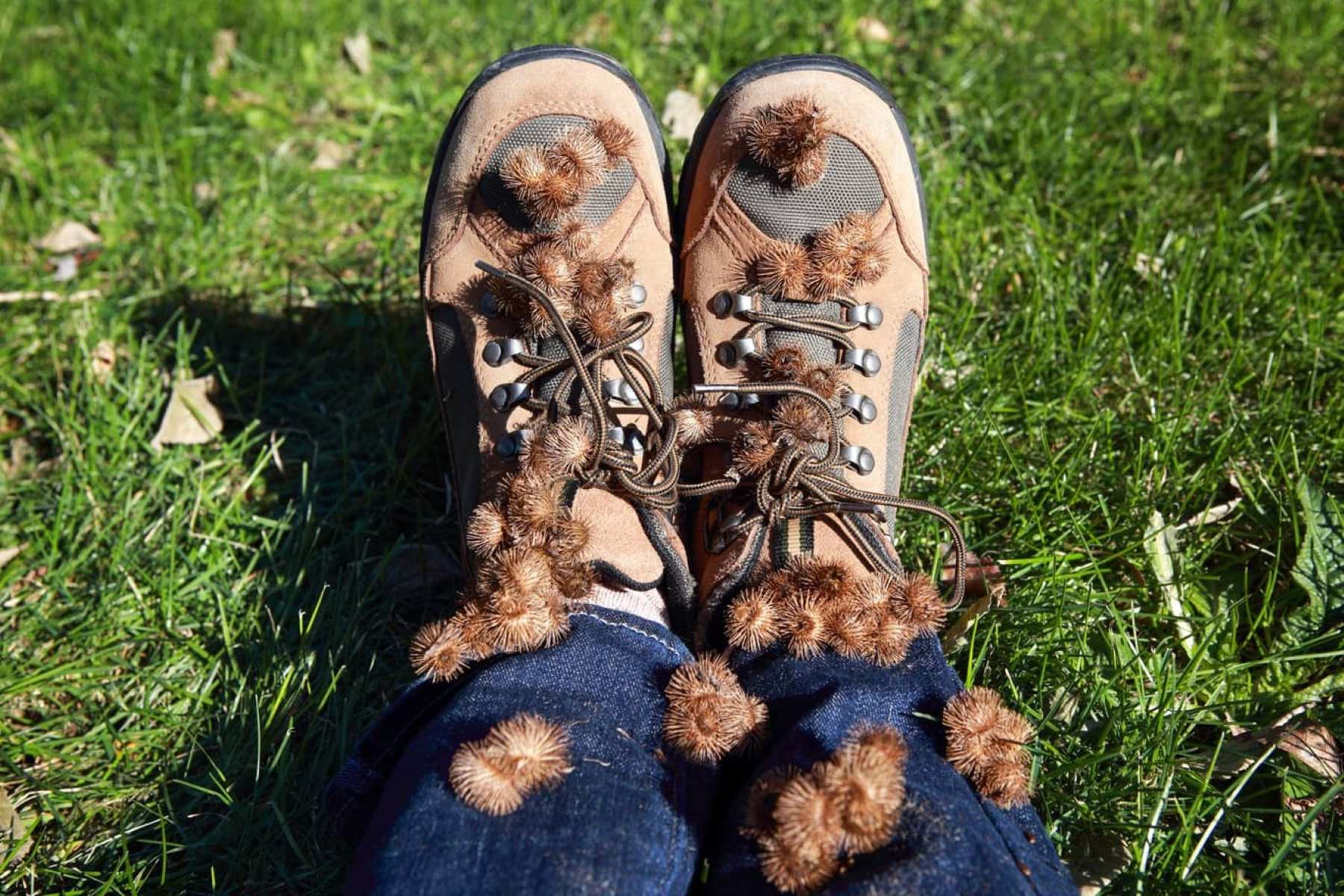

Home and Garden
How To Get Rid Of Stickers In Yard
Published: February 26, 2024
Learn effective methods for removing stickers from your yard with our comprehensive guide. Keep your home and garden free from pesky stickers with these expert tips.
(Many of the links in this article redirect to a specific reviewed product. Your purchase of these products through affiliate links helps to generate commission for Regretless.com, at no extra cost. Learn more)
Table of Contents
Introduction
Dealing with stickers in your yard can be a frustrating and challenging task. Whether you call them stickers, burrs, or prickly seeds, these pesky plants can quickly take over your outdoor space, making it uncomfortable for both humans and pets to enjoy. However, with the right approach and a bit of patience, you can effectively rid your yard of these prickly nuisances and create a more pleasant outdoor environment for everyone to enjoy.
Stickers, also known as burrs, are the seed pods of certain plants that have small, sharp spines or hooks. These plants often thrive in dry, sunny conditions and can quickly spread throughout your yard if left unchecked. Their ability to latch onto clothing, pet fur, and even bare skin makes them a significant annoyance for anyone spending time outdoors.
In this comprehensive guide, we will explore effective methods for removing stickers from your yard, as well as strategies for preventing them from regrowing in the future. From manual removal techniques to the use of herbicides, we will cover a range of approaches to help you tackle this common landscaping issue. By following the steps outlined in this guide, you can reclaim your yard from stickers and create a more inviting outdoor space for relaxation and recreation.
Read more: How To Get Rid Of Perm
Step 1: Identifying the type of stickers in your yard
Before embarking on the journey to eliminate stickers from your yard, it's crucial to accurately identify the specific type of stickers that have taken root in your outdoor space. Different plant species produce different types of stickers, and understanding the specific variety you're dealing with will inform the most effective removal and prevention methods.
One common type of sticker-producing plant is the burr-bearing weed, also known as the burr marigold. These plants typically feature small, round seed pods covered in tiny, barbed spines that easily attach to clothing, pet fur, and even skin. Another prevalent sticker-producing plant is the sandbur, which thrives in dry, sandy soils and produces sharp, spiky seed heads that can cause significant discomfort if stepped on or brushed against.
To identify the type of stickers in your yard, start by closely examining the characteristics of the plants producing the stickers. Look for distinctive features such as the shape and size of the seed pods, the arrangement of the spines or hooks, and the overall appearance of the plant. Additionally, consider the growing conditions in your yard, as certain sticker-producing plants thrive in specific environments.
If you're unsure about the specific type of stickers in your yard, consider consulting with a local gardening expert or horticulturist. They can provide valuable insights and help you accurately identify the offending plants, allowing you to tailor your removal and prevention strategies accordingly.
By taking the time to identify the type of stickers in your yard, you can gain valuable knowledge that will guide your approach to eradicating these pesky plants. Armed with this understanding, you'll be better equipped to choose the most effective removal methods and implement targeted prevention measures to keep stickers at bay in the future.
Step 2: Manual removal of stickers
Manual removal of stickers is a fundamental and effective method for tackling sticker-infested areas in your yard. This hands-on approach allows you to directly target and eliminate sticker-producing plants, reducing their presence and preventing them from spreading further. While manual removal may require some physical effort, it is a practical and environmentally friendly way to regain control of your outdoor space.
Tools and Protective Gear
Before initiating the manual removal process, gather the necessary tools and protective gear to ensure a safe and efficient operation. You will need sturdy gardening gloves to protect your hands from the sharp spines of the stickers, as well as long sleeves and pants to shield your skin from potential irritation. Additionally, a pair of pruning shears or handheld clippers will be essential for cutting down sticker-producing plants at their base.
Methodical Approach
Begin the manual removal process by carefully inspecting your yard for areas where sticker-producing plants are prevalent. Focus on spots where these plants have taken root, such as along fence lines, in neglected corners, or in dry, sandy patches. Once identified, approach each plant methodically, using your pruning shears or clippers to cut the stems at ground level. Take care to remove as much of the plant as possible, including any visible seed pods or spiky burrs.
Read more: How To Get Rid Of Textured Skin
Thorough Cleanup
After cutting down the sticker-producing plants, it's crucial to conduct a thorough cleanup to remove any remaining plant debris and seed pods from the area. Use a rake to gather the cut vegetation and seed pods, and dispose of them in sealed bags to prevent accidental spreading. By meticulously clearing the area of plant remnants, you can minimize the chances of stickers regrowing and spreading in the future.
Repeat Maintenance
Manual removal of stickers may require ongoing maintenance, especially in areas where these plants are persistent. Regularly inspect your yard for any regrowth of sticker-producing plants, and promptly remove them using the same methodical approach. By staying vigilant and addressing new growth as soon as it appears, you can gradually reduce the presence of stickers in your yard and prevent them from overtaking the space.
By employing a systematic and thorough manual removal approach, you can effectively diminish the presence of stickers in your yard and create a more enjoyable outdoor environment for yourself, your family, and your pets. This hands-on method, when combined with other targeted removal and prevention strategies, can significantly contribute to the long-term success of your efforts to rid your yard of these prickly nuisances.
Step 3: Using herbicides to eliminate stickers
In some cases, manual removal alone may not suffice to completely eradicate sticker-producing plants from your yard. When faced with a persistent sticker infestation, the strategic use of herbicides can provide an additional layer of defense in your battle against these prickly nuisances. Herbicides, when used responsibly and in accordance with product instructions, can effectively target and eliminate sticker-producing plants, helping to prevent their regrowth and spread in your outdoor space.
Selecting the Right Herbicide
Before applying any herbicide to your yard, it's essential to choose the right product that specifically targets the types of sticker-producing plants present. Look for herbicides labeled for broadleaf weed control, as many sticker-producing plants fall into this category. Additionally, consider whether you prefer a selective herbicide that targets specific plant types or a non-selective herbicide that can eliminate a broader range of vegetation.
Read more: How To Get Rid Of Screen Time
Application Techniques
When applying herbicides to eliminate stickers, it's crucial to follow the manufacturer's instructions meticulously. Select a calm, dry day for application to minimize the risk of herbicide drift and ensure optimal absorption by the target plants. Use a handheld sprayer or a pump sprayer to apply the herbicide directly to the foliage of the sticker-producing plants, taking care to avoid spraying non-target vegetation. Additionally, consider applying a pre-emergent herbicide in early spring to prevent sticker-producing plants from germinating and taking root in your yard.
Safety Precautions
When using herbicides, prioritize safety by wearing protective clothing, including gloves, long sleeves, and pants, as well as eye protection. Keep children and pets away from the treated areas until the herbicide has fully dried, and store herbicide products securely to prevent accidental exposure. Additionally, be mindful of environmental considerations and avoid applying herbicides near water sources or in areas where runoff may occur.
Monitoring and Follow-Up
After applying herbicides to eliminate stickers, monitor the treated areas regularly to assess the effectiveness of the treatment and identify any signs of regrowth. If necessary, reapply the herbicide according to the product's recommended schedule to ensure thorough eradication of the sticker-producing plants. Additionally, consider implementing preventive measures, such as maintaining healthy turf and using mulch to suppress weed growth, to minimize the likelihood of sticker regrowth in the future.
By incorporating targeted herbicide applications into your sticker elimination strategy, you can bolster your efforts to reclaim your yard from these persistent plants. When used responsibly and in conjunction with other removal and prevention methods, herbicides can play a valuable role in creating a more comfortable and inviting outdoor environment, free from the prickly presence of stickers.
Step 4: Preventing stickers from regrowing in your yard
After successfully removing stickers from your yard, it's essential to implement preventive measures to inhibit their regrowth and ensure a long-term solution to the persistent sticker problem. By proactively addressing the conditions that favor sticker-producing plants and implementing targeted prevention strategies, you can create an environment that is less hospitable to these prickly nuisances.
Read more: How To Get Rid Of Evil Eye
Healthy Lawn Maintenance
Maintaining a healthy and robust lawn is a key component of preventing stickers from regrowing in your yard. A dense and well-established turf acts as a natural barrier, inhibiting the germination and growth of sticker-producing plants. Implement a regular lawn care routine, including proper mowing, watering, and fertilization, to promote the vigor and resilience of your grass. Additionally, overseeding thin or bare areas with high-quality grass seed can further enhance the density of your lawn, reducing opportunities for stickers to take hold.
Mulch and Landscape Fabric
Utilizing mulch and landscape fabric in your garden beds and landscaped areas can effectively suppress weed growth, including that of sticker-producing plants. Apply a layer of organic mulch, such as wood chips or shredded bark, to garden beds and around trees and shrubs to smother weeds and create an inhospitable environment for stickers to regrow. Similarly, landscape fabric can be installed beneath mulch to provide an additional barrier against weed emergence, contributing to a cleaner and more weed-resistant landscape.
Regular Inspections and Prompt Action
Consistent monitoring of your yard for any signs of sticker regrowth is crucial for maintaining a sticker-free environment. Regularly inspect areas where stickers were previously prevalent, paying attention to fence lines, garden beds, and dry, sandy patches. If any new growth is detected, promptly remove the emerging plants through manual extraction or targeted herbicide application. By addressing sticker regrowth at its early stages, you can prevent the establishment of new sticker populations and maintain control over your outdoor space.
Soil Amendment and pH Management
Understanding the soil conditions in your yard and making appropriate amendments can contribute to a less favorable environment for sticker-producing plants. Conduct a soil test to assess the pH and nutrient levels of your soil, and adjust them as needed to promote the growth of desirable vegetation while discouraging weeds. Additionally, consider incorporating organic matter, such as compost or well-decomposed manure, into your soil to improve its structure and fertility, further enhancing the resilience of your landscape against sticker infestations.
By implementing these preventive measures, you can fortify your yard against the regrowth of stickers and create an outdoor environment that is more resistant to these persistent plants. Through a combination of vigilant maintenance, strategic landscaping practices, and soil management, you can enjoy a sticker-free yard that provides a comfortable and inviting space for relaxation, recreation, and outdoor enjoyment.
Read more: How To Get Rid Of Crunching Sound In Neck
Conclusion
In conclusion, the battle against stickers in your yard is a multifaceted endeavor that requires a combination of targeted removal techniques and proactive prevention strategies. By identifying the specific type of stickers in your yard and understanding their growth patterns, you can tailor your approach to effectively eradicate these prickly nuisances. Manual removal, with its hands-on and methodical nature, serves as a fundamental method for directly addressing sticker-producing plants and reducing their presence in your outdoor space. This approach, when coupled with thorough cleanup and regular maintenance, can significantly diminish the prevalence of stickers and contribute to a more enjoyable yard environment.
In cases where manual removal alone may not suffice, the strategic use of herbicides can provide an additional layer of defense in the battle against persistent sticker infestations. When applied responsibly and in accordance with product instructions, herbicides can effectively target and eliminate sticker-producing plants, bolstering your efforts to reclaim your yard from these persistent plants. However, it's crucial to prioritize safety and environmental considerations when using herbicides, ensuring that their application aligns with best practices and regulations.
Furthermore, the implementation of preventive measures is essential for inhibiting the regrowth of stickers and maintaining long-term control over your yard. By maintaining a healthy lawn, utilizing mulch and landscape fabric, conducting regular inspections, and managing soil conditions, you can create an environment that is less hospitable to sticker-producing plants, reducing the likelihood of their resurgence.
Ultimately, the successful eradication of stickers from your yard requires a comprehensive and proactive approach that addresses both current infestations and future prevention. By integrating the methods outlined in this guide and staying vigilant in your yard maintenance efforts, you can create a comfortable and inviting outdoor space that is free from the persistent presence of stickers. With patience, persistence, and a strategic mindset, you can reclaim your yard from these prickly nuisances and enjoy a more pleasant outdoor environment for relaxation, recreation, and quality time with family and pets.
